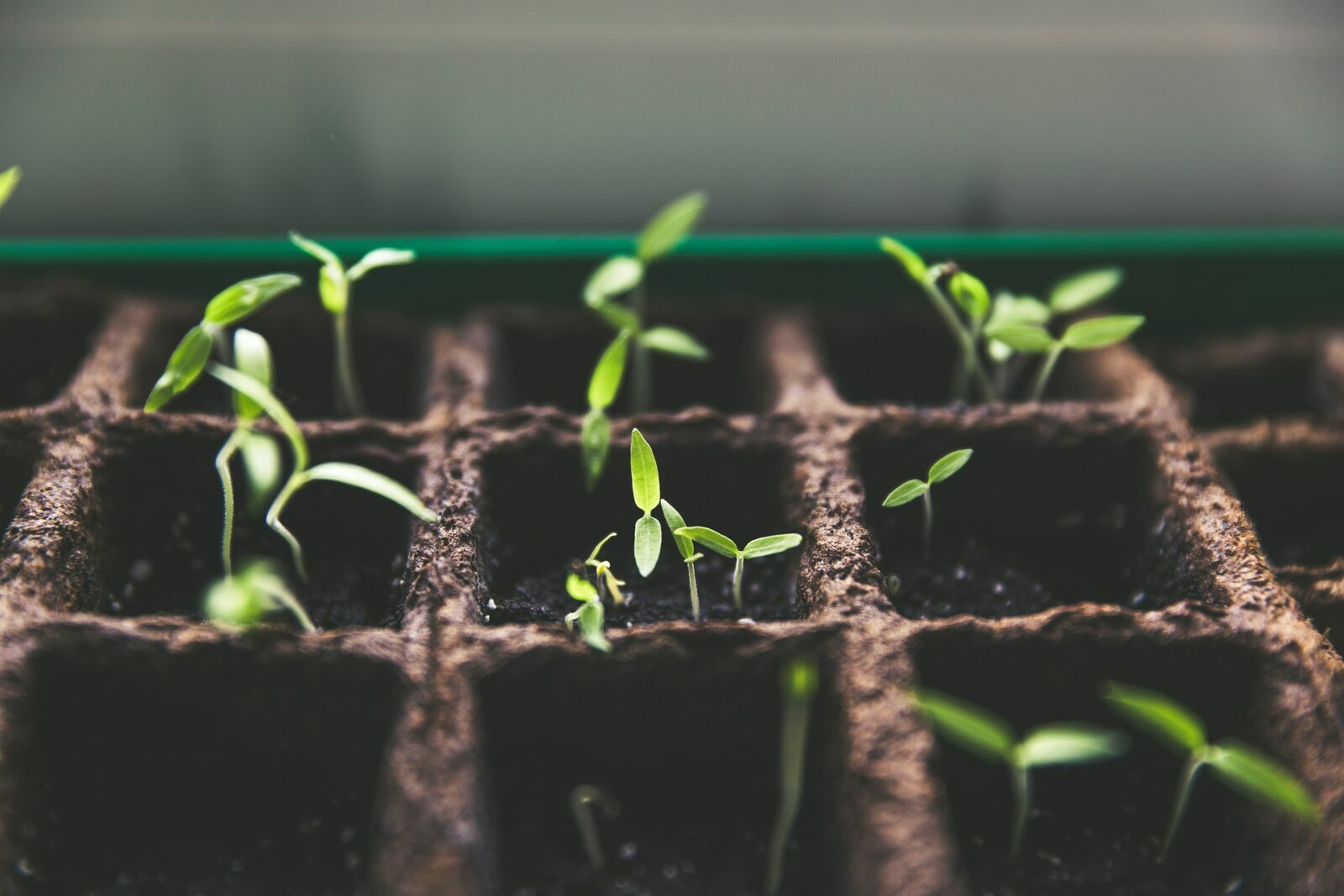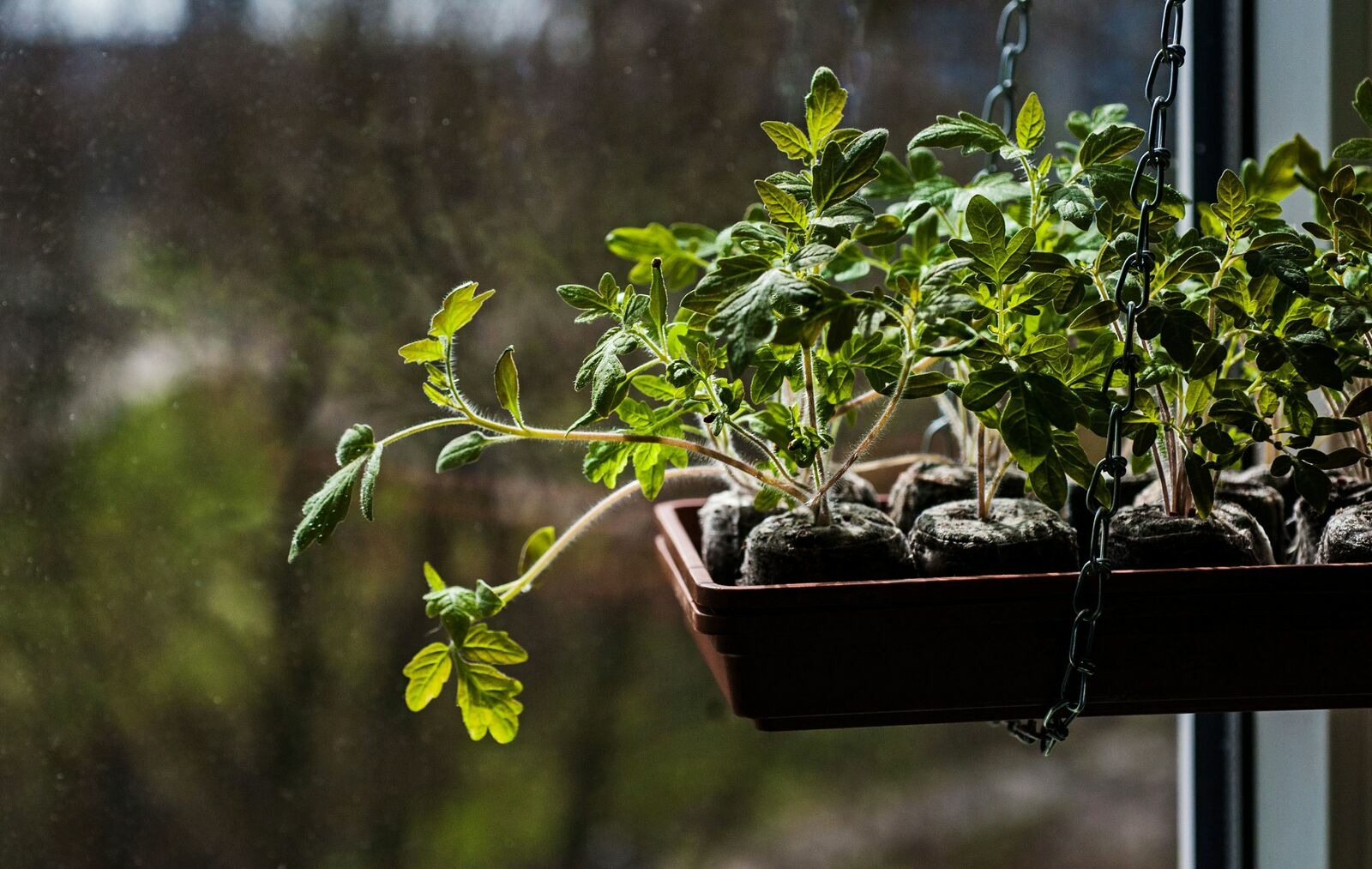Cultivation - an overview
Propagation - the right place & time
Vegetable plants are often grown on the windowsill, in a greenhouse or cold frame. However, you should not start too early, as your plants absolutely need enough light to grow. However, this is still rare at the beginning of the year.
Window sill
- From the end of January: pre-germinate lettuce, cabbage (& seed potatoes)
- From mid-February: peppers and chillies
- From the end of March: sow tomatoes, zucchinis, pumpkins and cucumbers
- The ratio of light, heat and moisture must be right, otherwise your seedlings will quickly go to seed (i.e. they will become thin and weak)
Greenhouse & cold frame

- Protect against frost with a fleece or similar
- Do not sow heat-loving plants in an unheated greenhouse or cold frame before March
- Avoid direct sunlight
- Suitable for tomatoes, peppers, melons, lettuce and beans
Pre-cultivation or direct sowing
Many plants, especially pumpkins and nightshades, should be grown in advance. This allows you to benefit from an extended harvest period. However, not all vegetable plants like to be grown in advance. This is the case with root vegetables, for example.
This is what you need for cultivation:

- Evenly warm, bright location
- Seeds (preferably seed-resistant)
- Growing container (growing pallets, pots, swelling tablets, egg cartons, toilet paper rolls) or soil press
- Growing soil
- Water (preferably in a spray bottle)
- Signs for labeling (so that you don't forget where you have sown which seeds)
Tips & tricks for successful cultivation

- Use seed-resistant, organic seeds
- Pre-soak seeds (e.g. in chamomile tea)
- Use plant lamps so that your seeds get more light
- Make your own sowing soil
- Use a potting press
- this way you don't need growing pots
- Use a spray bottle for watering
- Label seedlings (species, variety and sowing date)
Seeds do not germinate - germination temperature
- Is the temperature right? A germination temperature between 20 - 25 °C/68 - 77 °F is usually ideal, but each variety and species has different requirements. Keep a constant temperature without major fluctuations
- Are your seeds cold or frost germinators? Then they need to be exposed to a cold period before germination. After germination, make sure they are slightly cooler (approx. 18 °C/64 °F)
Light or dark germinator?
In general, the sowing depth should be about twice as deep as the size of your seeds. Light germinators (e.g. basil, lettuce, coriander) should never be sown too deep, but only lightly covered with soil. Then they will receive sufficient light for germination. Dark sprouts include eggplant, cucumber, pumpkin, corn and zucchini.
Pricking out and hardening off

When your seedlings have formed the 2nd pair of leaves, it is time to prick them out - i.e. to separate them. Exceptions are the pumpkin plants, which do not like to be pricked out. It is therefore better to sow them directly into larger pots or trays. You should harden off your seedlings before planting them outside.

